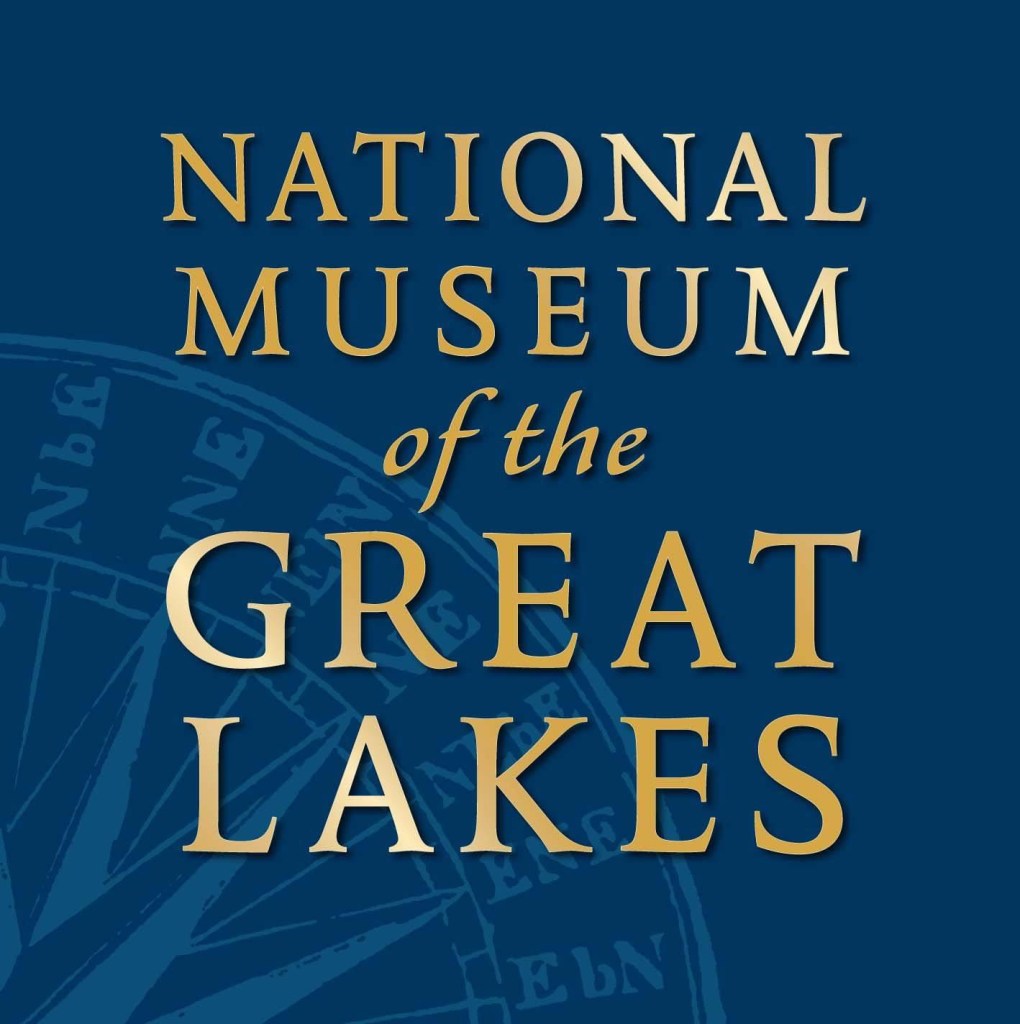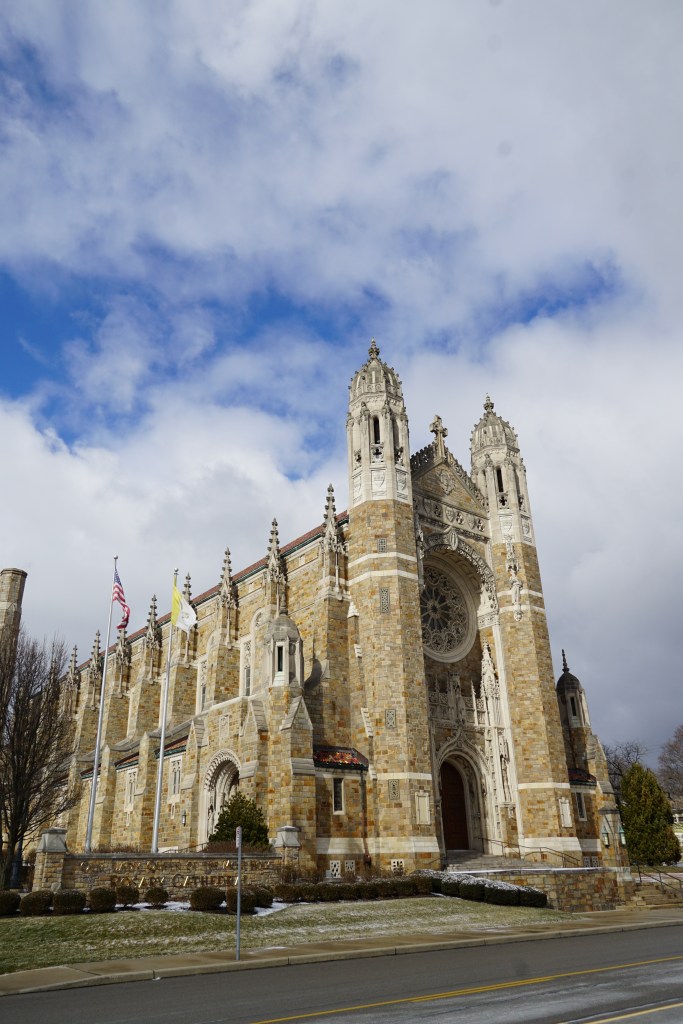An Overview
Toledo, Ohio, often referred to as the “Glass City,” is located in northwest Ohio, along the western end of Lake Erie and the Maumee River. It’s known for its rich industrial history, particularly in the glass and automotive industries. Toledo is home to the Toledo Museum of Art, renowned for its extensive glass collection, including works by artists like Dale Chihuly. The city also boasts the Toledo Zoo, ranked as one of the top zoos in the nation, and the Toledo Botanical Garden, offering beautiful landscapes and horticultural displays. Additionally, Toledo is recognized for its diverse culinary scene, cultural festivals, and recreational opportunities along the waterfront.
History of the Glass City
Toledo, Ohio, has a rich and diverse history. Here are some key points:
- Early Settlement: Toledo’s history dates back to the early 19th century when it was settled by European Americans in 1833. The area was originally inhabited by various Native American tribes, including the Ottawa and Wyandot peoples.
- Canal Era: Toledo’s strategic location along the Maumee River and Lake Erie contributed to its growth during the canal era. The completion of the Miami and Erie Canal in the 1840s further spurred economic development and trade in the region.
- Industrial Boom: Toledo experienced significant industrial growth in the late 19th and early 20th centuries, becoming known for its glass manufacturing industry. Companies like Libbey Glass and Owens-Illinois established a strong presence in the city, earning Toledo the nickname “Glass City.”
- Labor Movement: Like many industrial cities, Toledo played a role in the labor movement of the late 19th and early 20th centuries. The city saw labor strikes and movements for better working conditions and wages.
- Automotive Industry: In the early 20th century, Toledo became a center for the automotive industry. The Willys-Overland Company, later known for producing the Jeep, was headquartered in Toledo, contributing to the city’s reputation as an automotive hub.
- Urban Renewal and Decline: Like many Rust Belt cities, Toledo faced economic challenges and population decline in the latter half of the 20th century. However, efforts at urban renewal and revitalization have helped to transform parts of the city and diversify its economy.
- Cultural and Educational Institutions: Toledo is home to various cultural and educational institutions, including the Toledo Museum of Art, the Toledo Zoo, the University of Toledo, and the Toledo Symphony Orchestra, which contribute to the city’s cultural vibrancy.
Overall, Toledo’s history is characterized by its industrial heritage, contributions to the labor movement, and ongoing efforts at revitalization and cultural enrichment.
Local Attractions
The National Museum of the Great Lakes

The National Museum of the Great Lakes is located in Toledo, Ohio, near the shores of Lake Erie. It is dedicated to preserving and showcasing the rich maritime history and heritage of the Great Lakes region. The museum features exhibits on various aspects of Great Lakes history, including the exploration and settlement of the region, the development of shipping and trade, the role of the Great Lakes in transportation and commerce, and the maritime technology and innovations that have shaped the region. Visitors to the museum can explore a variety of artifacts, interactive displays, and historical exhibits that highlight the importance of the Great Lakes in shaping the history, culture, and economy of North America. The museum also houses a historic Great Lakes freighter, the SS Col. James M. Schoonmaker, which visitors can tour to experience firsthand the life of sailors and crew members on the Great Lakes. Overall, the National Museum of the Great Lakes offers visitors a fascinating glimpse into the maritime heritage of the Great Lakes region and its significance in the broader context of North American history.
History of the Museum
The National Museum of the Great Lakes, located in Toledo, Ohio, is dedicated to preserving and showcasing the rich maritime history of the Great Lakes region. Here’s a brief overview of its history:
- Founding: The museum was founded in 1945 as the Great Lakes Historical Society by a group of maritime enthusiasts and historians passionate about preserving the heritage of the Great Lakes. Initially, it operated out of a small office in Vermilion, Ohio.
- Expansion and Relocation: Over the years, the museum’s collection grew, prompting the need for a larger space. In 2014, the National Museum of the Great Lakes opened its current location in Toledo, Ohio, providing expanded exhibition space and facilities to better showcase its artifacts and exhibits.
- Mission: The museum’s mission is to preserve and make known the history of the Great Lakes, focusing on the region’s maritime heritage, including its ships, shipwrecks, industries, and the people who have lived and worked on the lakes.
- Exhibits: The museum features a wide range of exhibits, artifacts, and interactive displays that explore various aspects of Great Lakes history, including the early exploration and settlement of the region, the development of maritime industries such as shipping and shipbuilding, the role of the lakes in transportation and trade, and the stories of individual ships and sailors.
- Education and Outreach: In addition to its exhibits, the museum offers educational programs, tours, and outreach activities for visitors of all ages, including school groups, families, and enthusiasts interested in Great Lakes history.
Overall, the National Museum of the Great Lakes serves as an important resource for preserving and promoting the maritime heritage of the Great Lakes region, providing visitors with insight into the significant role the lakes have played in the history and development of North America.
Gallery: National Museum of the Great Lakes












































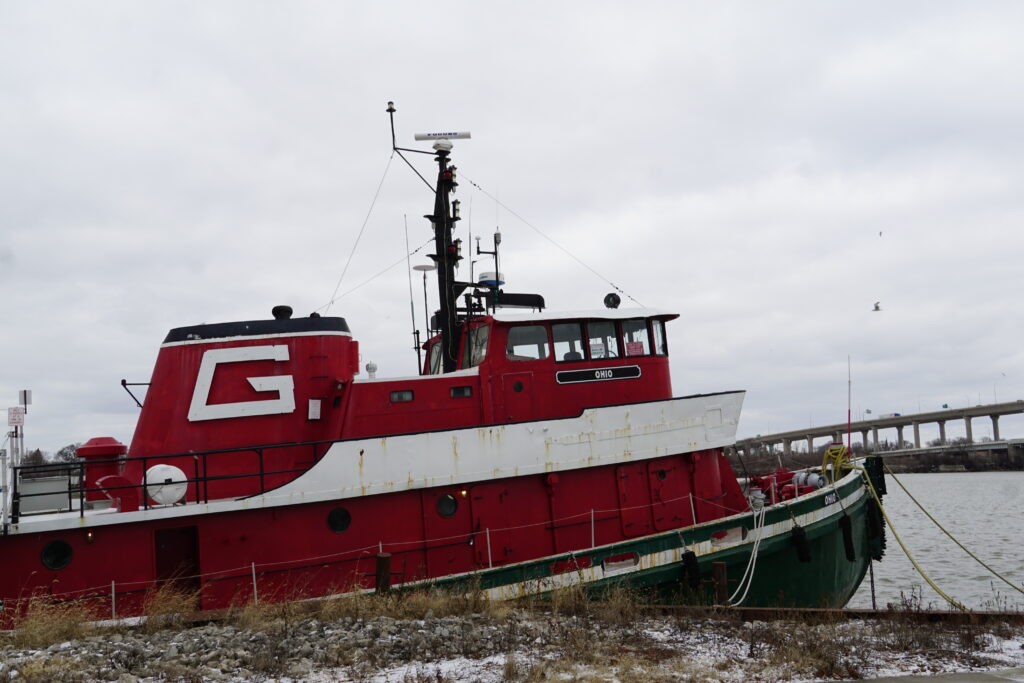



The Toledo Museum of Art
The Toledo Museum of Art is located in Toledo, Ohio, and is internationally renowned for its impressive collection of artwork spanning thousands of years and various cultures. Founded in 1901 by Edward Drummond Libbey, a prominent glass manufacturer and philanthropist, the museum has grown to become one of the finest art institutions in the United States. The museum’s collection includes works from ancient civilizations, such as Egypt, Greece, and Rome, as well as European paintings and sculptures from the Renaissance to the modern era. Notable artists represented in the collection include El Greco, Rembrandt, Rubens, Monet, Picasso, and many others. Additionally, the museum boasts an extensive collection of decorative arts, glass art, and American art, with a particular emphasis on the art glass movement of the late 19th and early 20th centuries. In addition to its permanent collection, the Toledo Museum of Art hosts temporary exhibitions, educational programs, and community events throughout the year. The museum’s campus also features beautiful gardens, outdoor sculptures, and the Glass Pavilion, a stunning contemporary glass structure designed by architects SANAA, which houses the museum’s renowned glass collection. Overall, the Toledo Museum of Art offers visitors a diverse and enriching cultural experience, celebrating the beauty and creativity of human expression across time and across the globe.













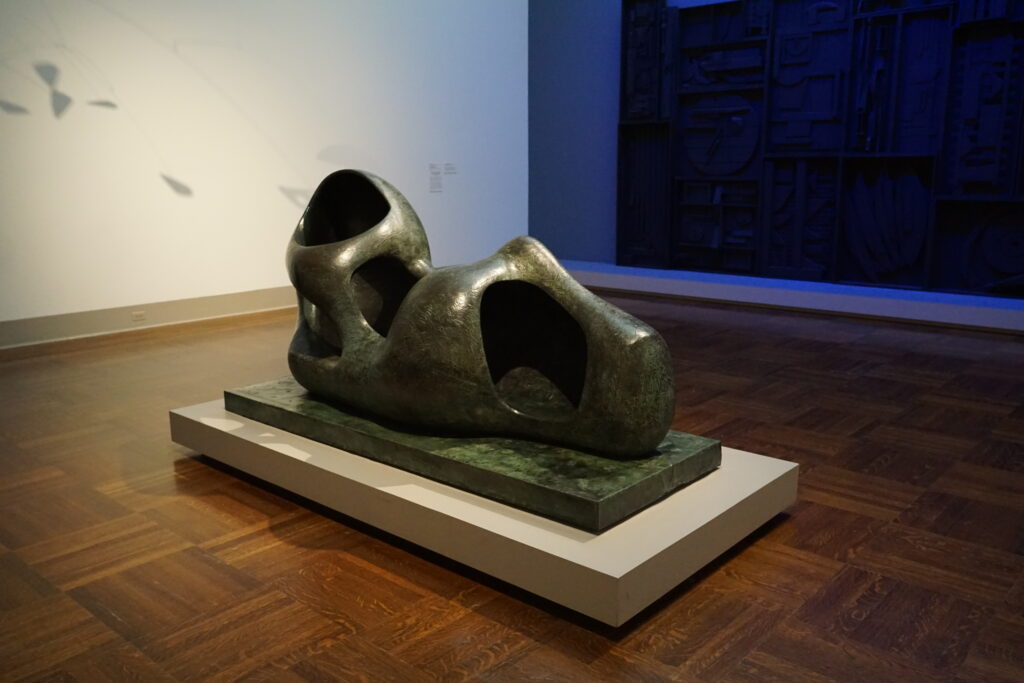




























History of the TMA
The Toledo Museum of Art (TMA) has a fascinating history dating back to the early 20th century. Here’s an overview:
- Founding: The museum was founded by Edward Drummond Libbey, a prominent Toledo businessman, and his wife, Florence Scott Libbey. They envisioned creating a world-class art institution in Toledo that would enrich the lives of its residents and promote the arts in the region.
- Early Years: The Toledo Museum of Art officially opened its doors to the public on January 17, 1901. Initially housed in a Greek Revival building designed by architect Edward B. Green, the museum’s collection consisted primarily of pieces donated by the Libbeys and other local patrons.
- Expansion and Growth: Over the years, the museum expanded its collection through donations, acquisitions, and strategic purchases. In 1912, the museum moved to its current location in Toledo’s historic Old West End neighborhood. Subsequent expansions and renovations have transformed the museum into a world-renowned institution with a diverse and extensive collection spanning thousands of years and cultures.
- Collection: The Toledo Museum of Art’s collection encompasses a wide range of art forms, including painting, sculpture, decorative arts, glass, and works on paper. Highlights of the collection include masterpieces by artists such as Rembrandt, El Greco, Titian, Rubens, Monet, van Gogh, and Picasso, as well as renowned glass artworks by Dale Chihuly and others.
- Educational Programming: In addition to its exhibitions and permanent collection, the museum offers a variety of educational programs, lectures, workshops, and events for visitors of all ages. These programs aim to engage the community and foster an appreciation for the arts.
- Cultural Impact: The Toledo Museum of Art has had a significant cultural impact both locally and internationally. It has served as a cultural hub for the Toledo community, providing access to world-class art and fostering a sense of pride and identity. Additionally, the museum’s traveling exhibitions and collaborations with other institutions have helped to share its collection and expertise with audiences around the world.
Overall, the Toledo Museum of Art continues to uphold its founders’ vision of enriching lives through art and remains an integral part of Toledo’s cultural landscape.
Kids at the Toledo Museum of Art
The Toledo Museum of Art offers a range of engaging children’s activities to foster creativity and appreciation for art. These activities may include art workshops, interactive exhibits tailored for kids, family art days, storytelling sessions, and hands-on art-making opportunities. Additionally, the museum often hosts special events and programs specifically designed for children and families to enjoy together. It’s a wonderful way to inspire young minds and introduce them to the world of art.

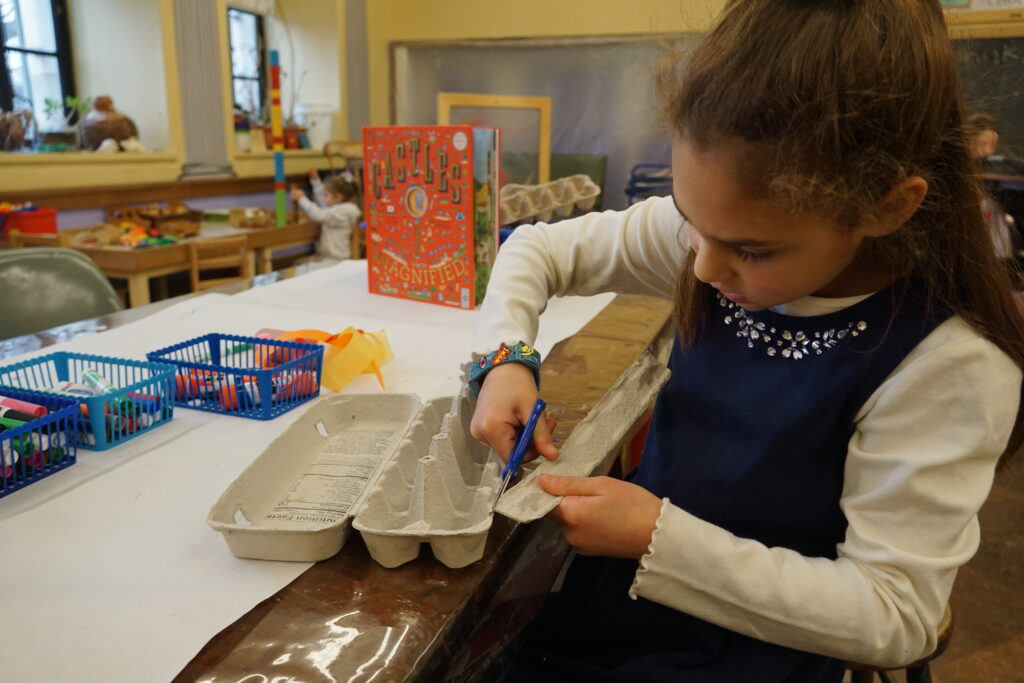


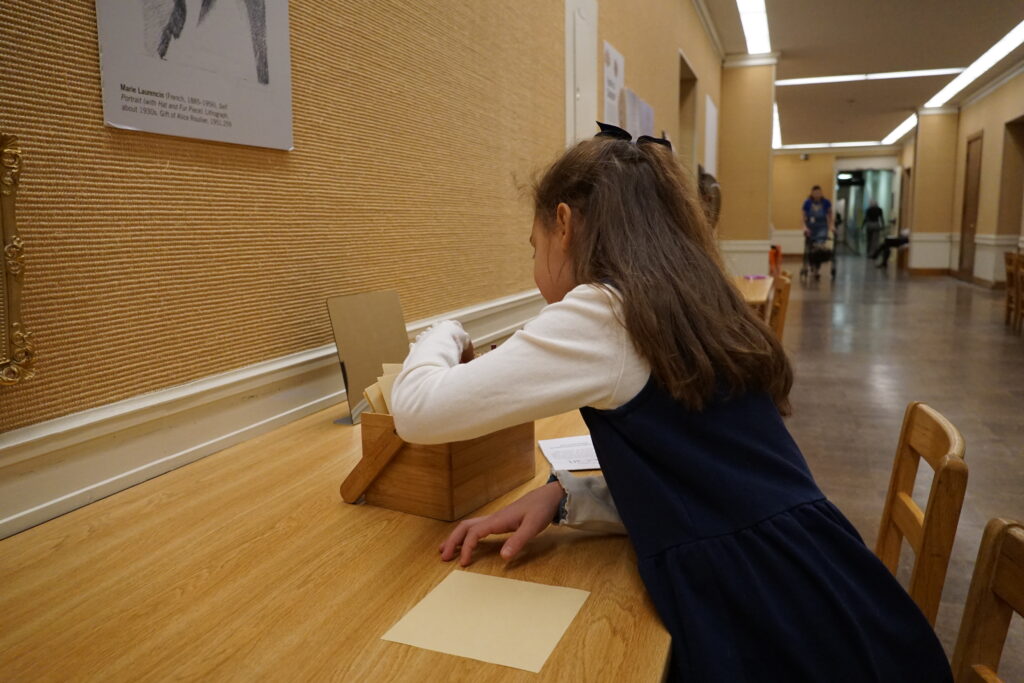





















The Rosary Cathedral
Rosary Cathedral, officially known as Our Lady, Queen of the Most Holy Rosary, is a prominent Catholic cathedral located in the Old West End neighborhood of Toledo, Ohio. Designed in the Spanish Plateresque style by architect John T Comés, construction of the cathedral began in 1926 and was completed in 1931. It was designed with Toledo’s sister city, Toledo, Spain in mind. It was built in the spirit of the great European cathedrals of the Middle Ages. The cathedral is noted for its striking architecture, including its intricate façade, towering spires, and beautiful stained glass windows. One of the most distinctive features of the Rosary Cathedral is its impressive interior, which is adorned with ornate decorations and religious artwork. The cathedral’s main altar is particularly noteworthy, featuring a stunning baldachin and a large crucifix suspended above the altar. The cathedral’s nave is lined with wooden pews and illuminated by the soft glow of the stained glass windows, creating a serene and contemplative atmosphere for worshipers. The Rosary Cathedral serves as the mother church of the Roman Catholic Diocese of Toledo and is the seat of the Bishop of Toledo. It is a beloved landmark in the Toledo community and a place of spiritual significance for Catholics in the region. Throughout its history, the cathedral has been a center of worship, prayer, and community outreach, welcoming visitors from near and far to experience its beauty and tranquility.








The Toledo Zoo
The Toledo Zoo is a renowned zoo located in Toledo, Ohio, known for its extensive collection of animals and immersive exhibits. It features over 10,000 animals representing over 720 species. The zoo is divided into themed areas such as the African Savanna, Arctic Encounter, and Primate Forest, providing visitors with a glimpse into different ecosystems around the world. In addition to animal exhibits, the Toledo Zoo offers various attractions and activities for visitors of all ages, including educational programs, animal demonstrations, guided tours, and special events throughout the year. The zoo is committed to conservation efforts and provides opportunities for visitors to learn about wildlife conservation and environmental stewardship. Overall, it’s a fantastic destination for families and animal lovers to explore and learn about the natural world.
